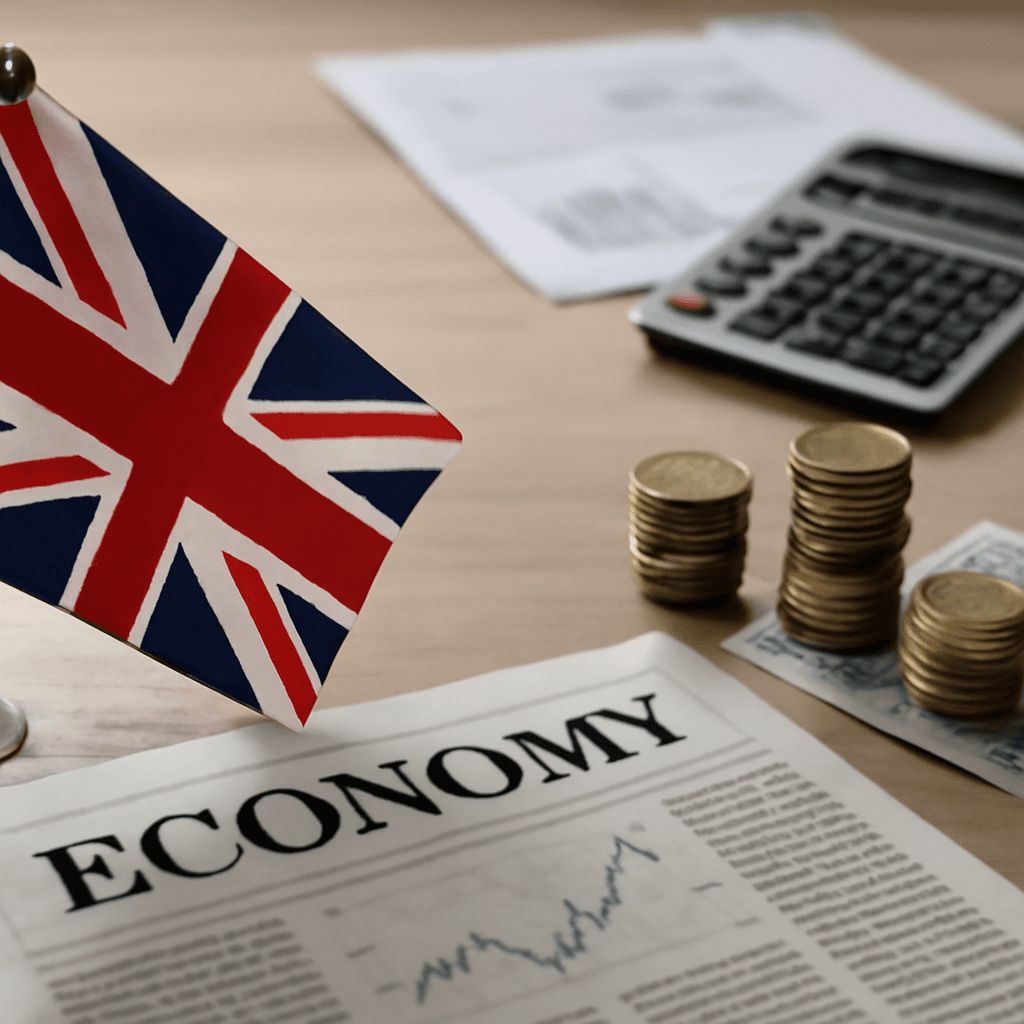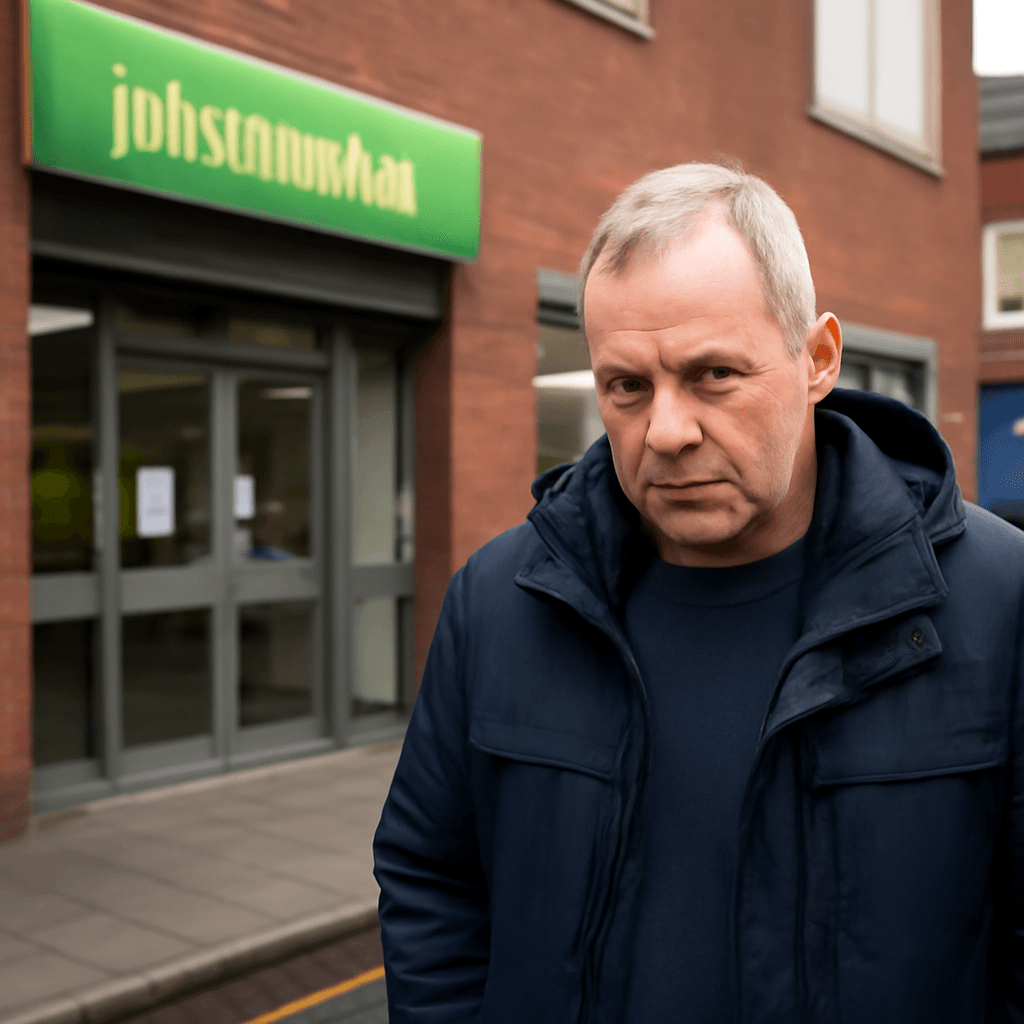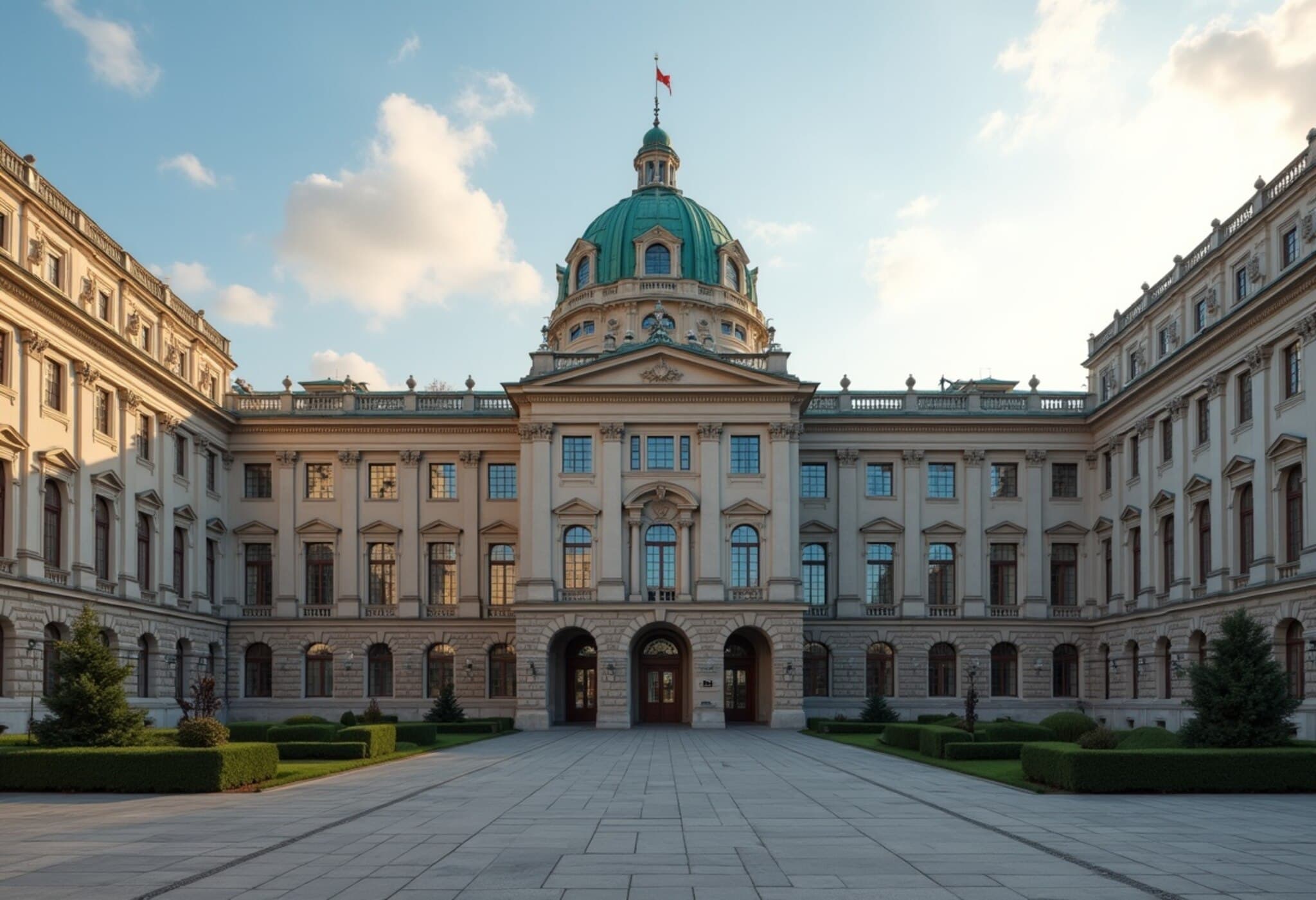UK GDP Contracts Unexpectedly in May, Defying Growth Forecasts
The UK economy experienced a setback in May as new data from the Office for National Statistics revealed a 0.1% contraction in gross domestic product (GDP) month-on-month, falling short of economists’ projections for a modest 0.1% expansion. This marks a second consecutive monthly decline, following a 0.3% drop in April, deepening concerns about the UK’s short-term economic trajectory.
Production and Construction Drive Downward Trend
The latest figures highlight that the main drivers behind the contraction were a 0.9% decrease in production output and a 0.6% decline in construction activity. These sectors, which are traditionally seen as barometers of economic robustness, reflect ongoing domestic challenges—ranging from subdued manufacturing demand to weakening investment in real estate and infrastructure.
Trade Tensions and Business Uncertainty Cloud Outlook
Though the UK secured a trade agreement with the United States, the economy remains weighed down by residual anxiety from a spate of US-imposed tariffs. The UK was subject to a 10% reciprocal tariff from the US government during global trade disputes, despite maintaining a balanced trading relationship on goods and a surplus in services. This tariff imposition, coupled with persistent geopolitical uncertainty, has unsettled markets and eroded business confidence.
First Quarter Growth Not Sustainable
The UK’s surprisingly strong GDP growth of 0.7% in the first quarter of 2025, likely fueled by accelerated activity before tariff enforcement, is not expected to persist. Analysts anticipate further slowing throughout the year as economic headwinds mount, with the Bank of England projecting a tepid 1% growth rate for 2025.
Implications for Monetary Policy: August Rate Cut on Horizon?
In response to these contractions, Suren Thiru, Economics Director at the Institute of Chartered Accountants in England and Wales, noted that the data "undoubtedly increase anxiety over the health of the UK economy" and suggested an interest rate cut by the Bank of England (BoE) in August now seems inevitable. The BoE has already eased rates from 5.25% to 4.25% over the past year, albeit at a more cautious pace compared to the European Central Bank’s more aggressive easing.
Financial markets currently price in approximately an 80% chance of a BoE rate reduction next month, reflecting rising expectations of accommodative monetary policy to support the economy.
Expert Perspectives: Cautious Optimism Amid Challenges
Deutsche Bank’s UK Chief Economist, Sanjay Raja, views the May GDP figures as an indication that prior growth estimates were too optimistic, suggesting actual Q2 growth may be closer to 0.1%. Yet, Raja remains cautiously hopeful: "the economy is not faltering" given positive signs like robust consumer sentiment, sound credit conditions, and favorable purchasing managers’ index readings.
However, a critical wildcard remains—a rebound in global manufacturing demand. “This is the big unknown for the UK economy,” Raja points out, underscoring how external factors will heavily influence the UK’s growth path in the near term.
Looking Ahead: Navigating a Complex Economic Landscape
As the UK grapples with the lingering effects of trade tensions, shifting monetary policy, and sector-specific pressures, policymakers face the delicate task of spurring growth without stoking inflationary risks. Finance Minister Rachel Reeves, whose agenda focuses squarely on revitalizing economic momentum and trimming the nation’s budget deficit, confronts a harsher environment than initially hoped.
The upcoming second-quarter GDP estimate, due August 14, will be closely scrutinized by investors, businesses, and government officials alike, offering fresh insights into whether these recent contractions signal deeper malaise or short-term volatility.
Editor’s Note
The UK’s economic slowdown in May serves as a crucial reminder of the fragile balance between global trade dynamics, domestic policy decisions, and market confidence. While interest rate cuts may provide some relief, the underlying need for sustainable growth—driven by innovation, investment, and stable trade relationships—remains paramount. For US policymakers and businesses watching from across the Atlantic, the UK’s experience underscores how interconnected economic policies and geopolitical shifts can ripple through global markets.
Looking forward, key questions loom: Can the UK reignite its production and construction sectors? How significant will global manufacturing trends be in shaping recovery? And to what extent will domestic fiscal measures complement monetary easing to foster resilient growth? These are issues that demand close attention in the months ahead.



















